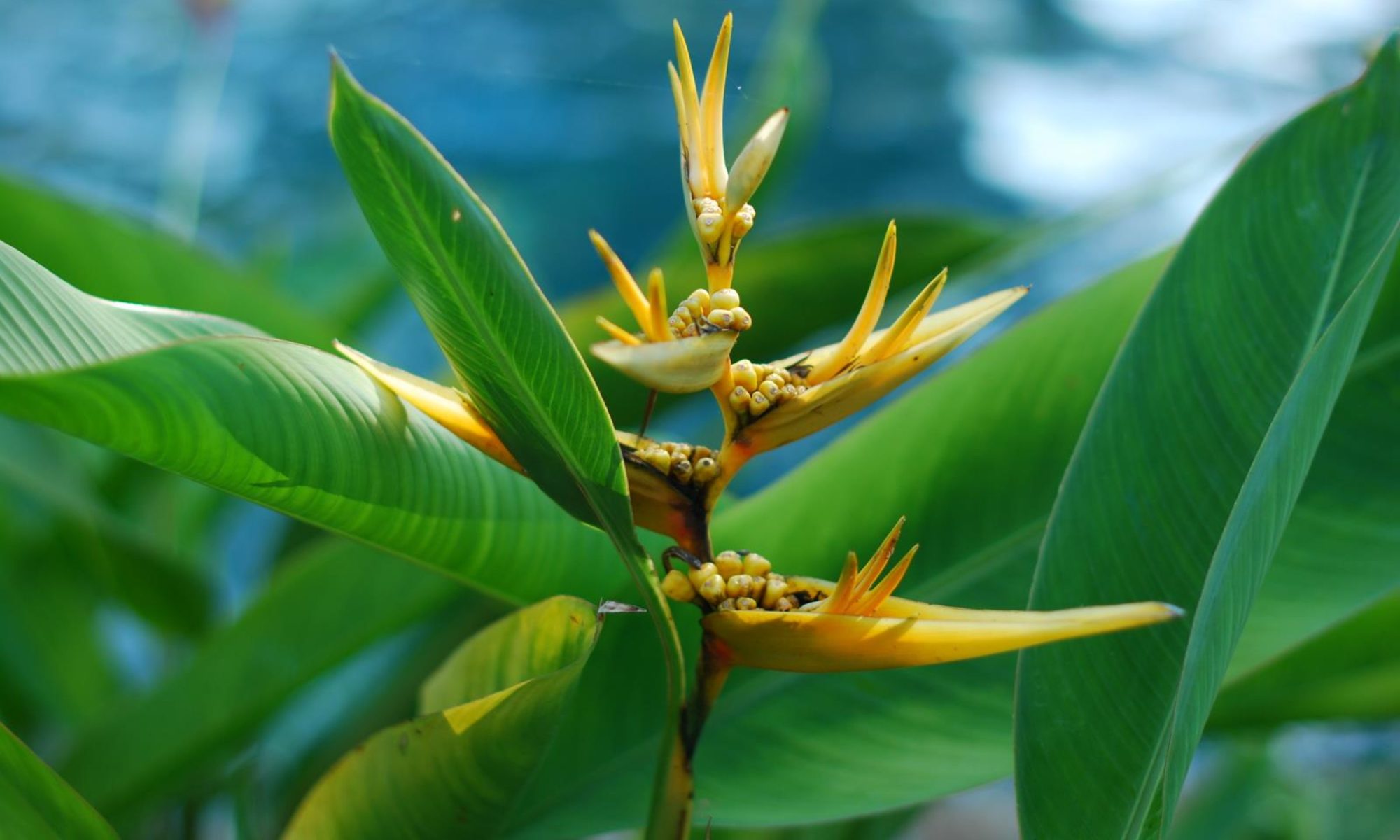I debated getting a Cricut for years. Part of it has been my draw to minimalism, and part of it has been my dislike of wasteful plastic (hello vinyl!) Any crafter knows, Eco-friendly is a challenge!
Well, then I started making coloring kits using as little plastic as possible – and cutting the paper by hand bought back nightmares (and blisters) of uni days as an Architecture student.
Well Hello Crucut!
I got my Cricut Maker right when the Maker 3 came out. As vinyl is NOT my priority, I got to benefit from the ‘old stock’ Cricut maker discounts. Cricut is based out of Utah, USA – but many accessories come from China. The machine ships in a glossy box and enough recycled cardboard packaging material to be secure. Yay for no Styrofoam! Most of the machine is plastic, as are most of the accessories. Blades and housings are of course metal.
Cutting mats are plastic with a sticky coating – if you don’t take care of them, they will wear out quickly. To avoid this, be meticulous about keeping them clean, and making sure you are always cutting to the correct depth.
So What Can Cricut Cut?
If you are like me, you want your Cricut Maker to cut everything OTHER than vinyl…
- Cotton – Use a Strong Grip Mat
- Linen – A little harder to stick to the mat…
Banana Palm– Does not work due to natural hydrophobic coating…- Sticker Paper – (Not Plastic Free) Backing is hard to recycle due to silicone sticker release!
- Paper – with the ‘Snap Mat’ feature you can use up all your scraps!
- Card – 250 gsm is great for cards and packaging boxes.
- Basswood – Thin Ply, needs Cricut Knife Blade
- Cardboard – Corrugated card can be cut, but it will dirty your mat quickly. Thinner corrugated cardboard or pressed cardboard cut beautifully with the Knife Blade. I use a lot of cardboard in my coloring kits that has been fished out the recycling bin!
This website contains affiliate links. We may be compensated (at no cost to you) should you decide to buy online using one of our links. However, for our St Maarten / St Martin visitors we encourage you to shop local, and every effort has been made to provide a local source.
















